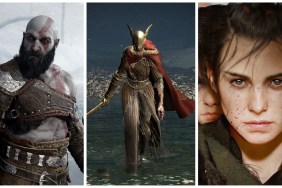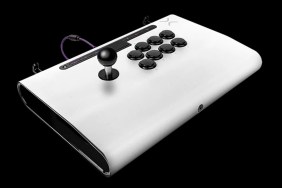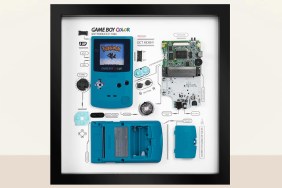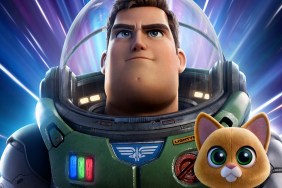It's like being back in high school!
For anyone pondering what the hell my avatar is supposed to be, it's Scorpion, Sub-Zero, and Reptile fusing together to form a ninja of ultimate doom whose name must not be uttered lest we invoke the apocalypse. Sure, it's an exaggeration, without remorse, but that's just rolling with the punches for Mortal Kombat. Realistic character…
-
Return to arcade roots
-
Strong roster
-
Tag-team play
-
Friendly to new players
-
Great story, for a fighting game...
-
Online play, glitchy and laggy at times
-
No event pause/skip/replay for story mode
-
Must use cheap tactics against Shao Kahn
-
Auto-adjusted difficulty for losing











